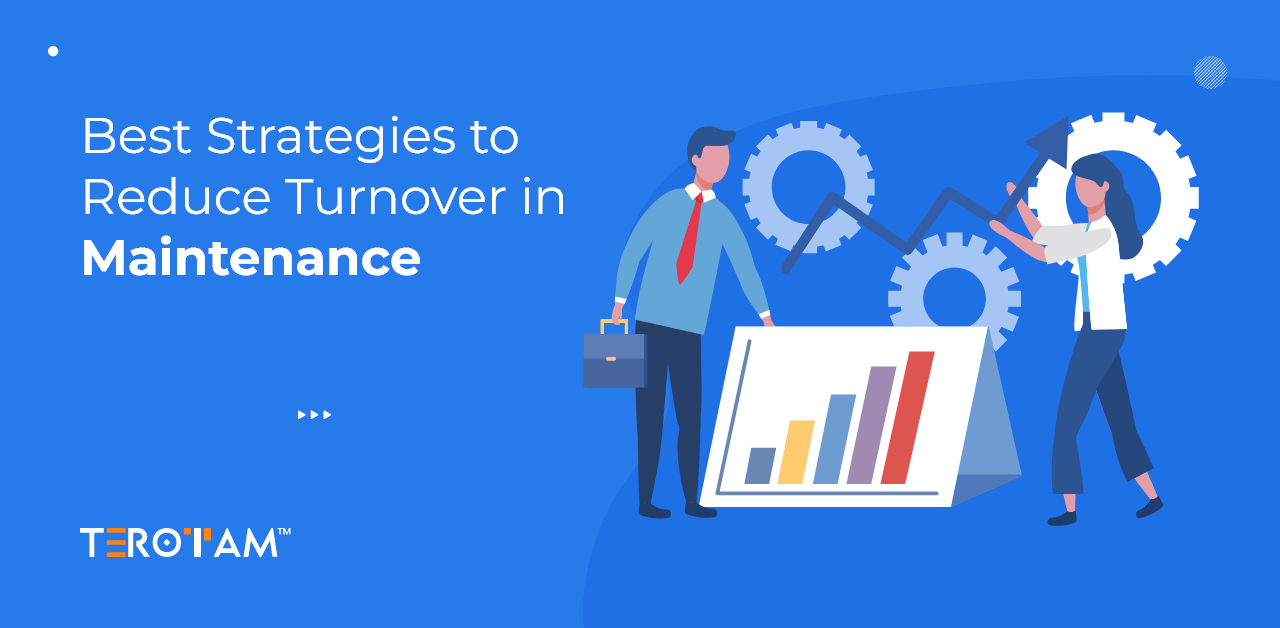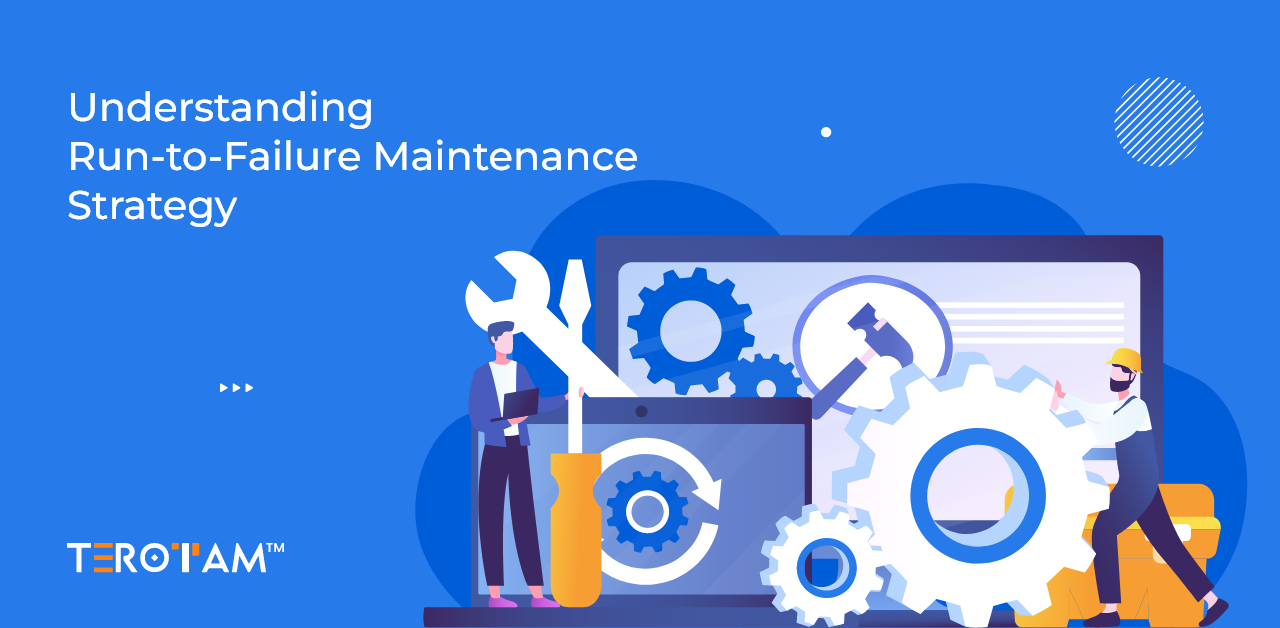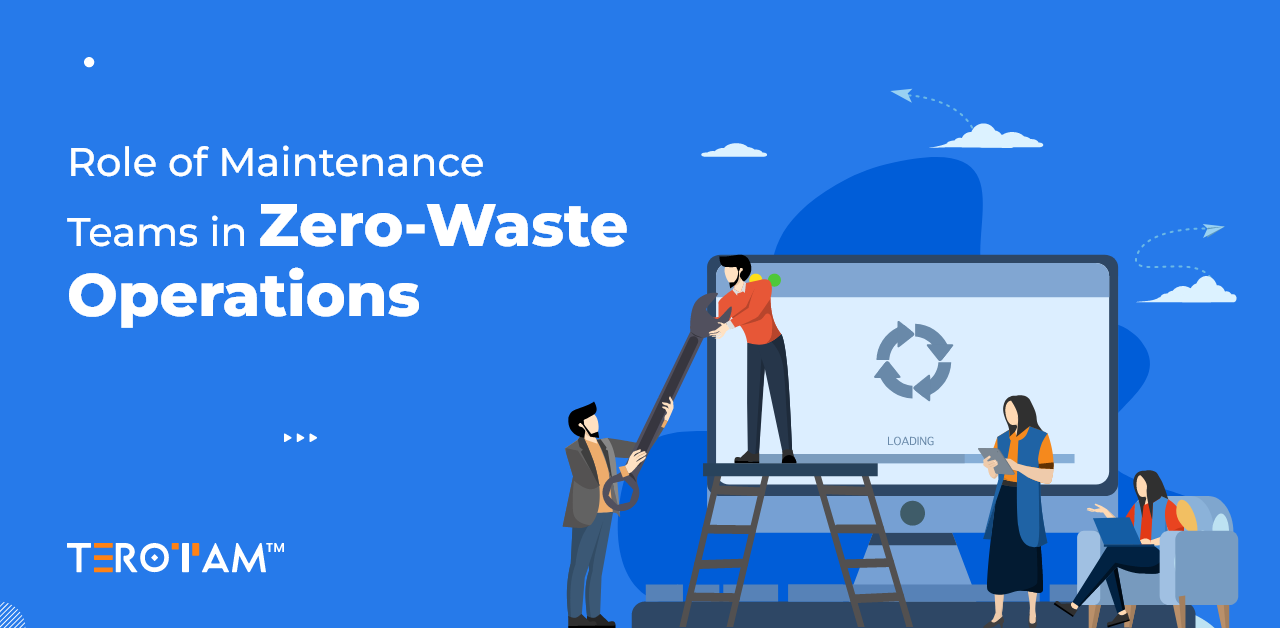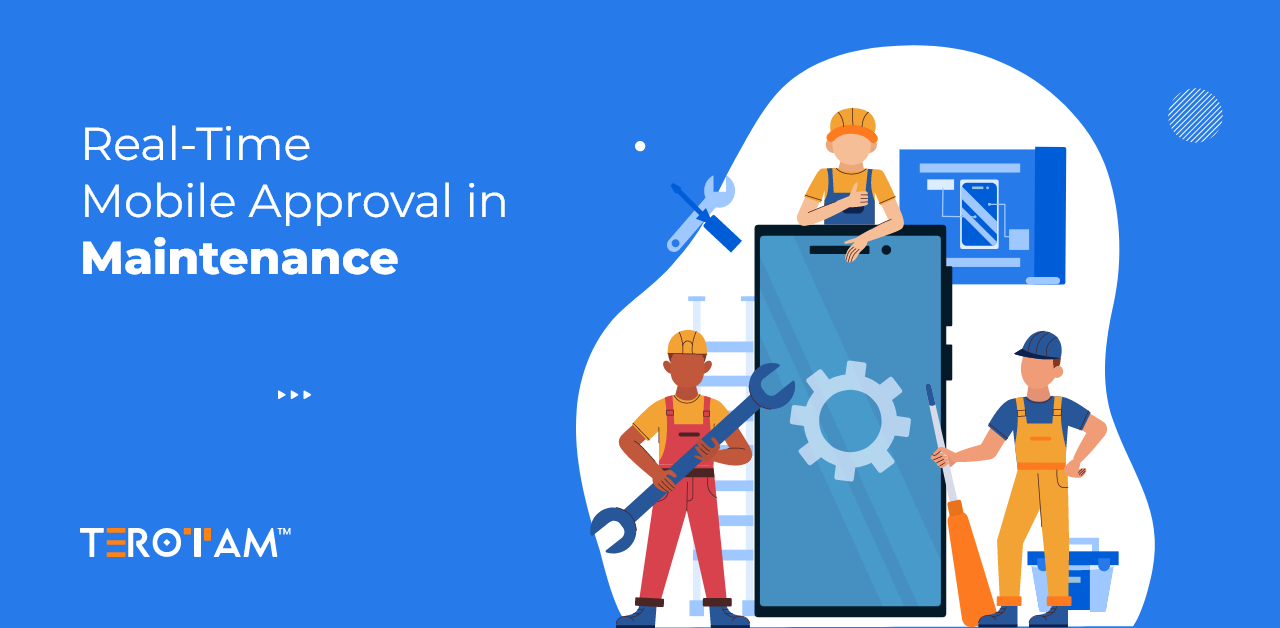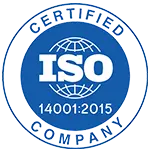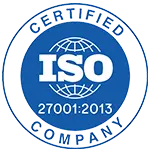Employee turnover in maintenance departments has quietly become one of the biggest challenges for modern facilities and industries. Whether it’s a manufacturing plant, hospital, or logistics company, the loss of trained technicians often leads to downtime, delays, and unplanned costs.
When an experienced technician leaves, it’s not just a vacancy — it’s years of on-ground learning that walk out the door. New hires take time to adapt, and during that period, repair backlogs and stress on existing staff increase. Over time, this cycle can weaken the overall maintenance performance.
In this article, we’ll discuss why maintenance teams often face high turnover, the direct impact it has on operations, and four practical strategies that can help maintenance leaders improve employee retention. We’ll also look at how CMMS technology can simplify management and keep teams more connected and satisfied.
Why maintenance teams face high turnover
Maintenance teams face more complex challenges today than they did a decade ago. The demand for uptime has gone up, equipment has become more advanced, and the shortage of skilled technicians continues to grow. Many facilities rely on aging assets that need constant attention, but the number of people who can handle such systems is declining.
One major reason behind turnover is the skill gap created by fast-changing technology. Many technicians aren’t given enough training on modern maintenance tools, sensors, or digital platforms. As a result, they feel outdated and underconfident. Another issue is inconsistent workload management — some workers face back-to-back emergency repairs while others are underutilized. This imbalance leads to frustration and burnout.
Moreover, maintenance is often viewed as a “support” role rather than a strategic function. When organizations fail to involve their technicians in planning or give them recognition for preventing downtime, employees feel disconnected. The absence of proper documentation, poor communication with supervisors, and unclear career paths further add to the problem.
Recent studies also show that younger maintenance workers prefer companies that invest in predictive maintenance systems and digital tools. When they find themselves in outdated setups with manual logs and paper-based reporting, they often look for better opportunities that align with modern practices.
Impact of high turnover on maintenance performance
High turnover affects maintenance operations in ways that go beyond lost manpower. It disrupts the flow of knowledge, increases the learning curve for replacements, and reduces the team’s overall reliability.
When a skilled technician leaves, their practical insights about equipment behavior, repair timing, and troubleshooting patterns go with them. This knowledge gap makes even simple maintenance tasks slower and riskier. Supervisors spend more time assigning, training, and checking work instead of focusing on long-term maintenance planning.
- Reduced asset reliability: Frequent staff changes lead to inconsistent maintenance practices, which directly affect machine reliability.
- Longer downtime: New technicians take time to get familiar with equipment history and maintenance routines, extending repair times.
- Increased operational costs: Hiring, training, and temporary outsourcing increase the cost per maintenance task.
- Higher safety risks: Inexperienced workers are more prone to accidents or errors in handling tools and high-voltage equipment.
- Lower compliance levels: Documentation, audits, and preventive schedules often get skipped during staff transitions.
- Employee burnout: Remaining team members face added pressure, leading to fatigue and reduced performance quality.
- Poor data tracking: Manual or inconsistent reporting from new hires affects the quality of maintenance data used for planning.
Each of these issues adds up, weakening the maintenance system’s stability and long-term sustainability.
Practical steps to improve maintenance staff retention
Reducing turnover in maintenance takes consistent effort from both management and supervisors. It starts with understanding employee needs, improving working conditions, and creating a workplace that values skills and contribution.
Below are four strategies that can help maintenance departments build stronger, more loyal teams.
1. Build a culture of respect and recognition
Respect is the foundation of retention. Maintenance teams often work behind the scenes, fixing issues that others only notice when something goes wrong. Regular appreciation from management keeps morale high.
- Acknowledge efforts: Highlight team performance in meetings or dashboards.
- Encourage open dialogue: Allow technicians to share their challenges and ideas for process improvement.
- Fair treatment: Ensure every worker, regardless of role, feels heard and respected.
- Visible rewards: Celebrate years of service, certifications, or safety achievements publicly.
When people feel valued, they take ownership of their work and build stronger attachment to the company.
2. Provide structured learning and career development
Maintenance work evolves quickly, and ongoing learning is essential. Workers want to see a clear path for growth, not just a job with repeated tasks.
- Regular technical training: Offer sessions on predictive maintenance, IoT tools, and safety updates.
- Certification support: Help employees enroll in trade or skill certifications.
- Mentorship programs: Pair new hires with senior staff to pass on practical knowledge.
- Defined growth ladders: Create transparent pathways for role upgrades or leadership positions.
When employees see learning opportunities, they invest their energy in staying and growing within the company.
3. Strengthen communication and manage workload balance
Good communication prevents many small issues from becoming big problems. Maintenance teams often work across shifts, departments, and buildings, so a lack of coordination can easily create stress.
- Set clear schedules: Use weekly plans or digital calendars to avoid last-minute rush.
- Review workload: Make sure emergency jobs don’t consistently fall on the same employees.
- Transparent reporting: Encourage honest updates on task completion and resource needs.
- Open feedback: Allow technicians to discuss what’s working and what’s not without hesitation.
Balanced workloads and open communication lead to better team spirit and reduce the urge to leave.
4. Build a safe and supportive environment
Safety plays a huge role in retention. A well-maintained environment protects workers and boosts confidence in management.
- Proper equipment and PPE: Keep safety gear and tools in top condition.
- Routine audits: Inspect high-risk zones regularly and fix hazards quickly.
- Health support: Watch for physical or mental strain caused by continuous shifts.
- Quick response to issues: Act immediately when safety concerns are raised.
When employees trust that their safety is a priority, they remain loyal and motivated.
Role of management in retaining skilled maintenance teams
A good manager shapes the work culture more than any policy can. Managers who listen, respect, and communicate clearly can build trust even during stressful situations.
They should keep regular one-on-one discussions, involve employees in maintenance planning, and recognize problem-solvers publicly. Leadership training for supervisors also helps them handle teams more effectively, especially in high-pressure situations. Managers who connect with people, not just processes, can make a direct difference in retention rates.
How CMMS helps reduce maintenance staff turnover
Cloud-based CMMS (Computerized Maintenance Management Software) simplifies the daily routine of technicians and makes management more transparent. It creates a smoother experience for everyone involved — from scheduling tasks to tracking performance.
- Automated scheduling: Reduces manual workload and prevents uneven task assignments.
- Real-time updates: Technicians can log jobs instantly, improving communication between shifts.
- Performance insights: Managers can identify top performers and reward them appropriately.
- Centralized data: Reduces confusion caused by paper-based records or scattered spreadsheets.
- Training support: CMMS platforms store equipment manuals, checklists, and SOPs for quick learning.
With CMMS, technicians spend less time on paperwork and more time doing meaningful work, leading to higher satisfaction and lower turnover.
Conclusion
Every maintenance department depends on the people who keep systems running day and night. Retaining them requires more than just salaries — it needs recognition, learning opportunities, open communication, and safe conditions. When these elements work together, employees not only stay longer but perform with pride.
Strong retention builds stronger operations. A well-supported maintenance team means fewer breakdowns, faster repairs, and better results for the entire organization.
For smarter ways to manage your maintenance teams and reduce turnover, connect with contact@terotam.com


